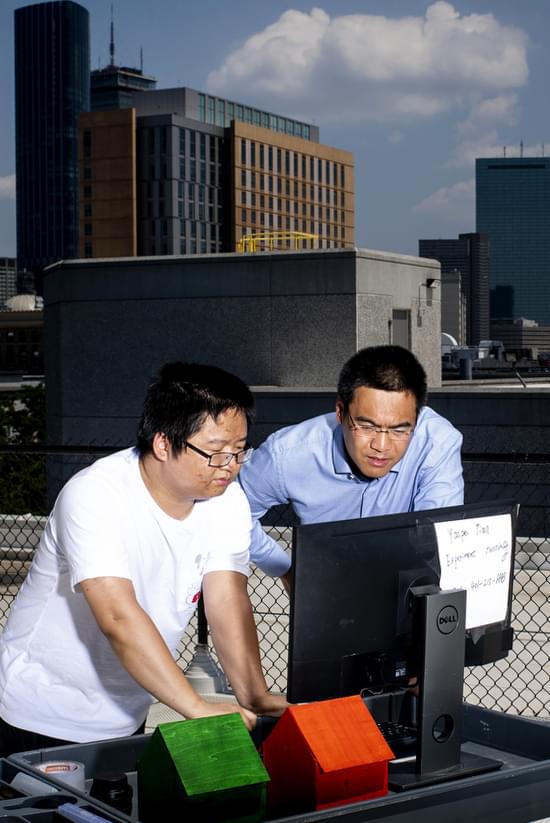To further promote Copilot, GitHub is giving it an update, which will bring a set of new capabilities. According to GitHub, this update will benefit both users in the Copilot for Individuals and Copilot for Business plans.
Copilot is an AI-based coding tool that offers autocomplete-style suggestions while the users code. It complements Visual Studio, Neovim, and JetBrains integrated development environments, making code writing easier and faster for developers. In December, GitHub announced its ‘Copilot for Business,’ which costs $19 per user monthly. Aside from the features in the single-license Copilot tier, the business plan includes license management and organization-wide policy management capabilities. This collection of capabilities is now getting an expansion with a new update GitHub is pushing for Copilot for Individuals and Copilot for Business plans.
First of these improvements are the corporate proxy support (including those with self-signed certificates) specifically for Copilot for Business and the better quality of code suggestions in the entire Copilot tool. According to GitHub, the latter is made possible through the upgraded AI Codex model, the new Fill-In-the-Middle paradigm, and a lightweight client-side model.







